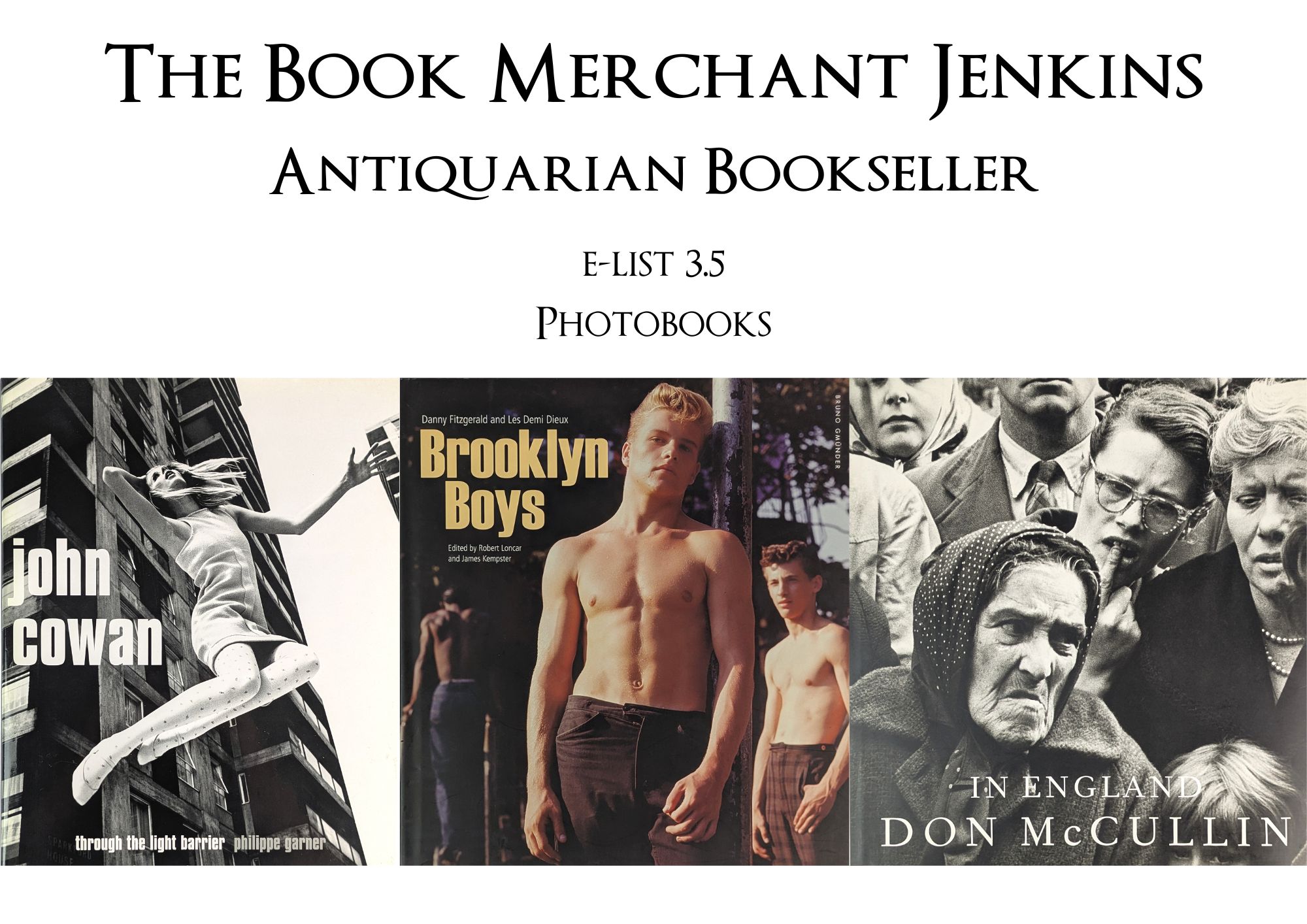Prices in AUD. Shipping worldwide. Flat rate $8 postage per order within Australia. International by weight calculated at checkout. Read full terms.
-

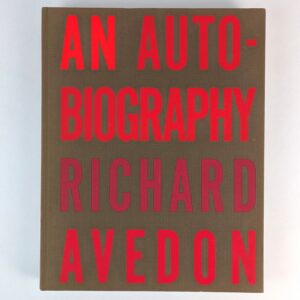
An Autobiography
Read MoreSOLDRichard Avedon
London: Jonathan Cape, 1993.A large retrospective collection of the photographs of Richard Avedon, from his early work through to his portraits of creative stars including Marilyn Monroe, Bob Dylan, Andy Warhol, Allen Ginsberg, William Burroughs, and lots more.
-


Photographs: Bamako, Mali 1948-1963
AU$550.00 Read MoreAdd to cartSeydou Keita
Gottingen: Steidl, 2011.Extensive monograph from the archives of one of Africa’s most influential portrait photographers.
-
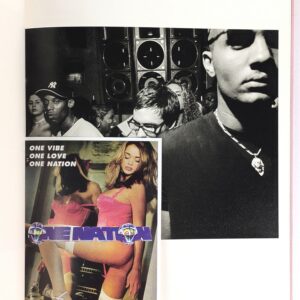
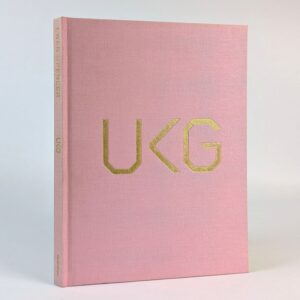
UKG
AU$400.00 Read MoreAdd to cartEwen Spencer
London: GOST Books, 2013.Photo book of the early days of UK garage in the late 1990s. With essays by Mike Skinner (The Streets) and Jason Evans.
-

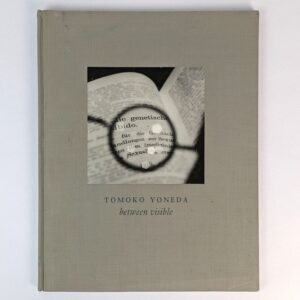
Between Visible
AU$50.00 Read MoreAdd to cartTomoko Yoneda
Tucson: Nazraeli Press, 2004. -
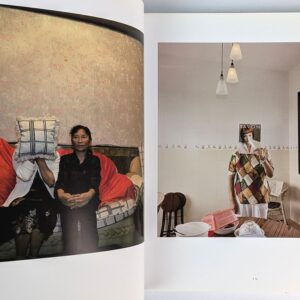
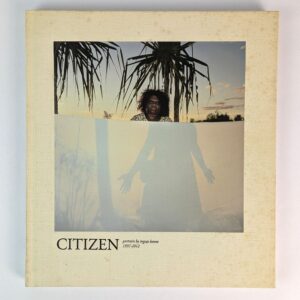
Citizen: Portraits by Ingvar Kenne, 1997-2012
AU$60.00 Read MoreAdd to cartIngvar Kenne
[Wollongong]: Au.thentic Press, 2012.Monograph of portraits by Swedish-Australian photographer Ingvar Kenne, from Australian celebrities, to priests, prostitutes, child sex offenders, and more. This copy inscribed by the photographer.
-
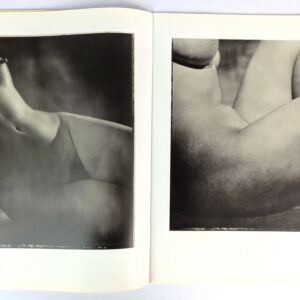
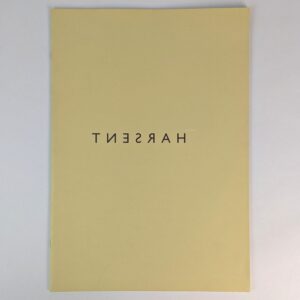
Untitled Nudes
AU$100.00 Read MoreAdd to cartSimon Harsent
New York: Simon Harsent, 2001.Large format photo book of nudes by English born Australian photographer Simon Harsent during his time in New York.
-
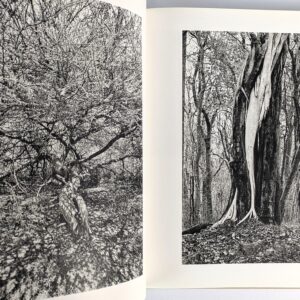
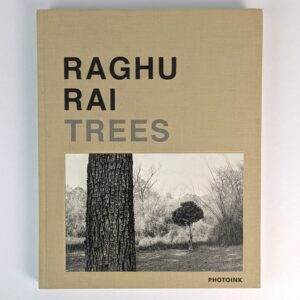
Trees
AU$100.00 Read MoreAdd to cartRaghu Rai
New Delhi: PHOTOINK, 2013.A study on the majesty of trees by Indian Magnum photographer Raghu Rae.
-

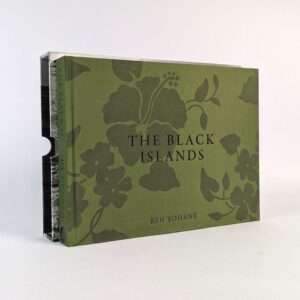
The Black Islands: Spirit and War in Melanesia
AU$65.00 Read MoreAdd to cartBen Bohane
: Waka Press, 2013.“Since 1994, acclaimed photojournalist Ben Bohane has lived and reported on the Pacific islands. In his new book The Black Islands — Spirit and War in Melanesia — Bohane traces a photographic journey through these beautiful but sometimes dangerous islands. He dwells on a variety of kastom, cult and cargo cult movements, documenting their rituals and the hidden role they have sometimes played in island society. At times they have sparked, and later help end, the wars of this region. Bohane has spent much of the past 30 years documenting the conflicts of Melanesia in places like Bougainville, the Solomon Islands and West Papua, as well as the liberation of East Timor. The book celebrates the joy of daily life in the islands too, from gardening to drinking kava. There are intimate portraits and sweeping landscapes. This is a region rich in culture and ritual, a 24/7 spirit world. Bohane’s classic black and white reportage offers a deeper narrative to the picture postcard version of the South Pacific we think we know.” (publisher’s blurb) This copy inscribed by the photographer.
-
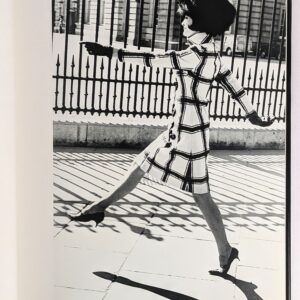

John Cowan: Through the Light Barrier
AU$250.00 Read MoreAdd to cartJohn Cowan; Philippe Garner
London: Shirmer / Mosel, 1999.Monograph of John Cowan’s fashion photography of England in the early 1960s.
-

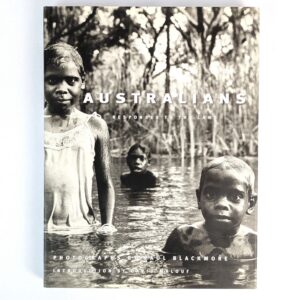
Australians: Responses to the Land
AU$50.00 Read MoreAdd to cartPaul Blackmore
[Sydney]: St Martin Press, 1999.First book by photographer Paul Blackmore examining through portraiture how the tough Australian environment animates and influences Australian culture. Introduction by David Malouf. This copy signed by the photographer.
-

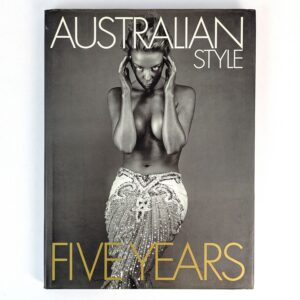
Australian Style: Five Years
Read MoreSOLDAndrea Horwood
[Perth]: Australian Style, [1998].Photo book of feature photographs from the first five years of the West Australian fashion magazine, Australian Style. This copy inscribed by the editor, Andrea Horwood.
-

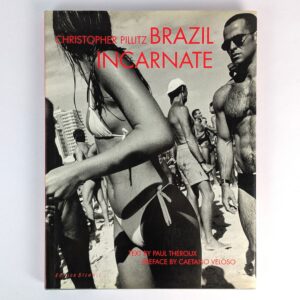
Brazil Incarnate
AU$80.00 Read MoreAdd to cartChristopher Pillitz
Zurich: Edition Stemmle, 2000.Photo book from the streets, beaches, and parties of Brazil. A five years study on Brazilian sexuality and body culture. Text by Paul Theroux and a preface by Caetano Veloso.
-


Alive
AU$40.00 Read MoreAdd to cartMario Testino
Boston: Bulfinch Press, 2001.The third photo book by Mario Testino. Intimate photographs from exotic parties. Foreword by Gwyneth Paltrow.
-
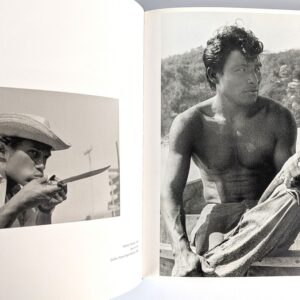
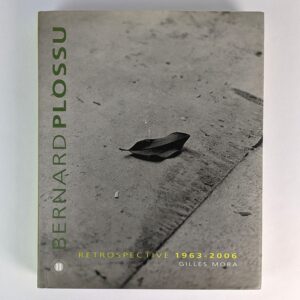
Bernard Plossu: Retrospective, 1963-2006
AU$150.00 Read MoreAdd to cartBernard Plossu; Gilles Mora
: Editions des Deux Terres, 2006.Retrospective monograph of Vietnam-born French travel photographer Bernard Plossu.
-

Love It and Leave It: Australia’s Creative Diaspora
AU$30.00 Read MoreAdd to cartNathalie Latham
Sydney and Canberra: T&G Publishing and the National Portrait Gallery, 2007.Catalogue for an exhibition held at the National Portrait Gallery.
-

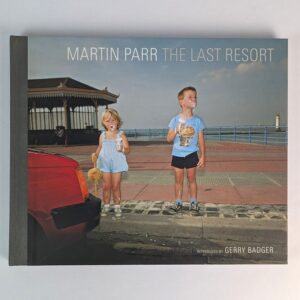
The Last Resort: Photographs of New Brighton
AU$120.00 Read MoreAdd to cartMartin Parr
Stockport: Dewi Lewis Publishing, 2009.Photobook of the British coast taken between 1983 and 1985 by Magnum photographer Martin Parr. This copy inscribed by the Parr to the publisher of his later book, No Worries, Gianni Frinzi.
-
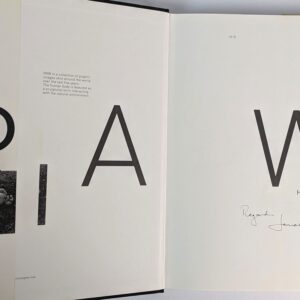
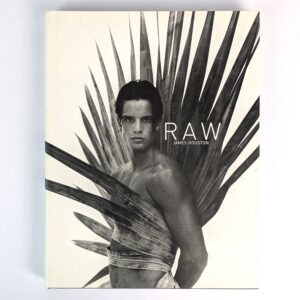
Raw
Read MoreSOLDJames Houston
Sydney: Craftsman House, 1997.Nude photo book of fine physiqued men and women interacting with nature. This copy signed by the photographer.
-
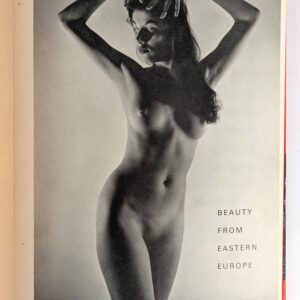
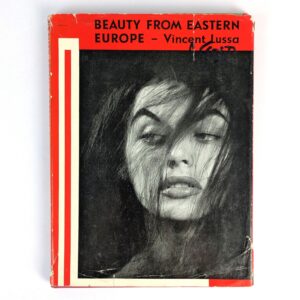
Beauty from Eastern Europe
Read MoreSOLDVincent Lussa
London: Luxor Press, 1964.Nude photography by the Hungarian photographer Vincent Lussa (1924-2006).
-
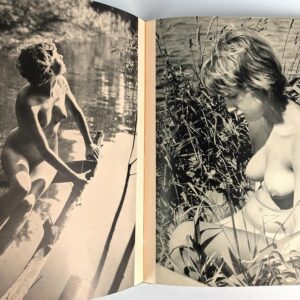

European Beauty
AU$60.00 Read MoreAdd to cartEugene Cramond
London: Luxor Press, 1962.Collection of outdoor and studio nude photography of female models.
-
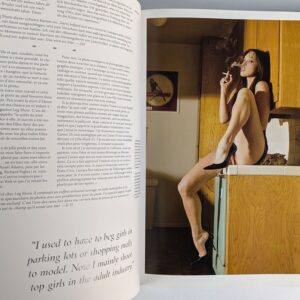
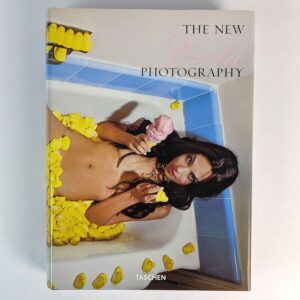
The New Erotic Photography
AU$50.00 Read MoreAdd to cartDian Hanson; Eric Kroll
Koln: Taschen, 2007.

